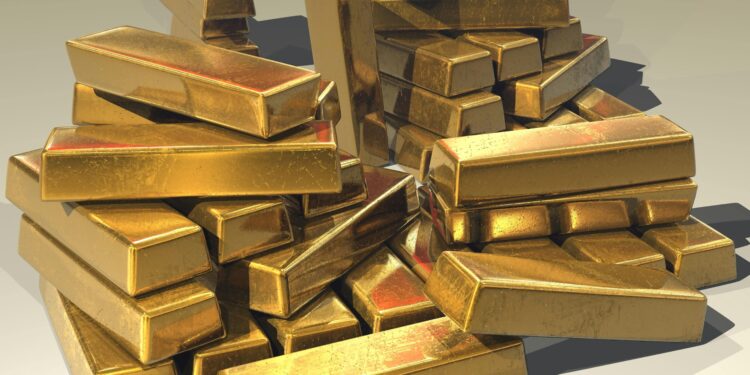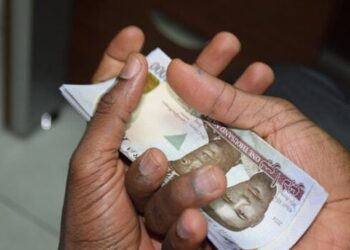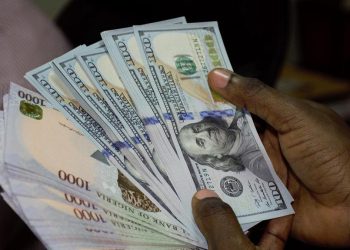Ghana, Africa’s leading gold producer, is about to pull off a remarkable feat, launching its first large-scale greenfield mine in over a decade this November.
The new Cardinal Namdini mine, owned by Cardinal Resources, a subsidiary of Shandong Gold, is expected to churn out more than 350,000 ounces of gold annually. This development comes after years of stagnation in Ghana’s gold exploration, which has seen a decline in new projects and a reduction in output from major players.
According to Martin Ayisi, CEO of the Minerals Commission, the country is not stopping there. Three more mines, including Ghana’s first lithium project, are slated to begin operations by 2026. This push is part of an ambitious plan to revive Ghana’s mining sector and accelerate recovery from its worst economic crisis in a generation.
It’s been a long time coming for Ghana. The last time the nation saw a greenfield mine of this scale was back in 2013, when Newmont opened its Akyem site. Since then, mining exploration in Ghana has been in a slump, but Ayisi is optimistic. “We’re about to see a commissioning bonanza,” he boasted in a recent interview. He highlighted that Cardinal Namdini is just the start, and with Newmont set to open another significant mine in mid-2025, Ghana is poised for a mining renaissance.

Ayisi predicts these new ventures will boost Ghana’s annual gold output by at least 600,000 ounces and create countless jobs, injecting much-needed vitality into the economy. In 2023, Ghana mined a total of 4.03 million ounces of gold, with a significant portion coming from small-scale and artisanal miners, whose contributions have been buoyed by rising global gold prices.
Looking ahead, Azumah Resources is also on track to launch a gold mine in northwestern Ghana near the Burkina Faso border by 2026. Meanwhile, Atlantic Lithium is gearing up to introduce the country’s first lithium project, a move that could diversify Ghana’s mining portfolio and appeal to investors.
Yet, despite Ghana’s stable fiscal environment, Ayisi acknowledges that the industry faces challenges. High costs and red tape are proving to be significant barriers to investment. The Minerals Commission is collaborating with the government to reduce exploration taxes and improve the business climate. Ayisi candidly admitted that while Ghana ranks fourth in exploration spending, there’s potential to lead the pack if the country can streamline its processes, much like its neighbor, Ivory Coast.
By July 2024, Ghana’s gold production had already hit 2.5 million ounces, with 42% coming from small-scale miners, signaling a robust recovery in the sector. But as Ghana moves forward, the real test will be whether it can sustain this momentum and reclaim its place as a top destination for mining investment.

















